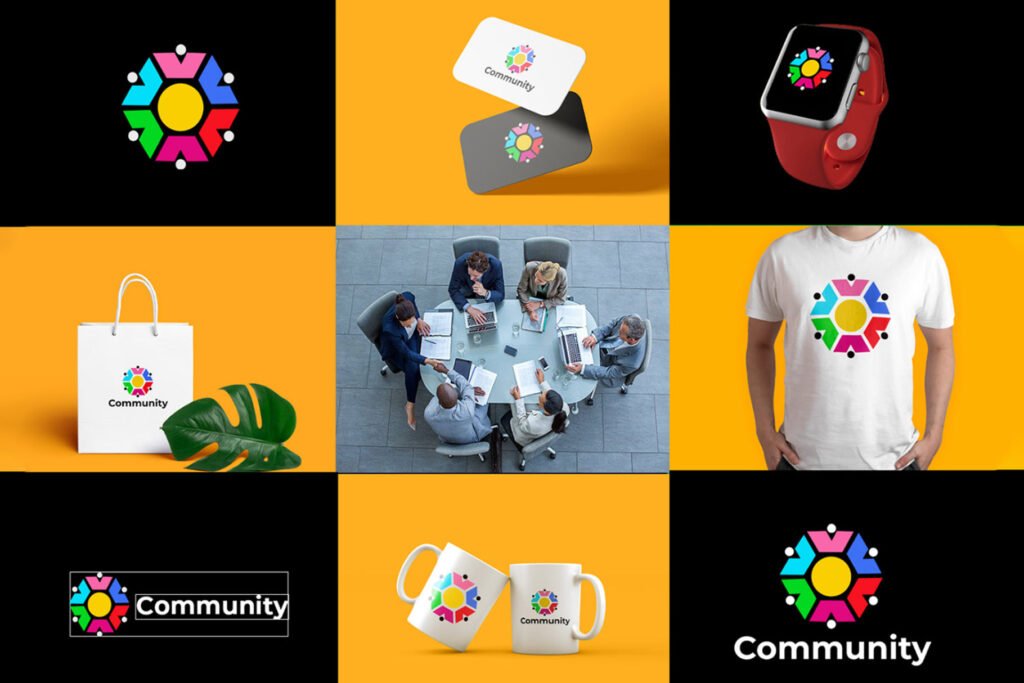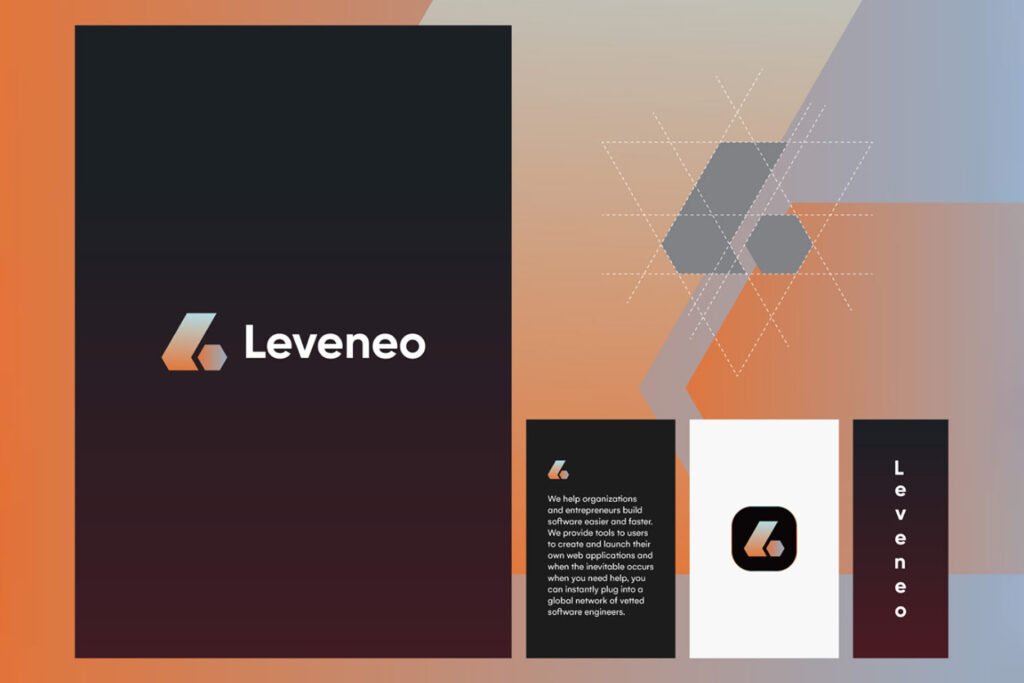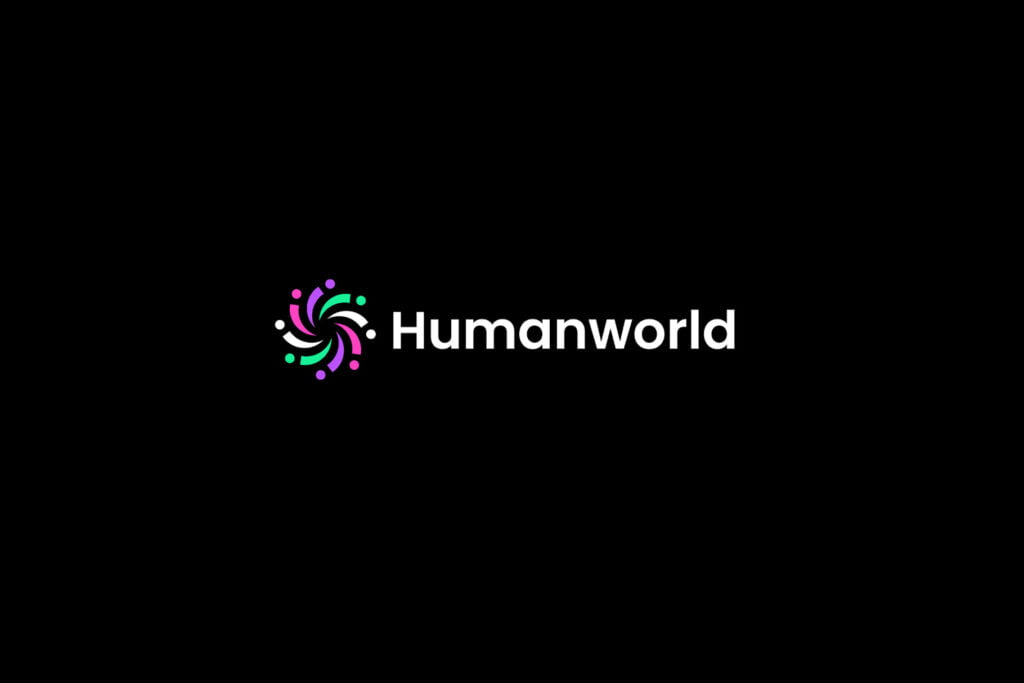A great logo design is the first impression a company makes on its audience. It’s not just a symbol or an image, but also a visual representation of the brand’s personality and culture.
A good logo design can make customers feel connected to your brand, which increases their loyalty and helps them identify with your company’s value proposition.
Recognizing what makes a great logo is important because every aspect of that design carries meaning.
The colors, shapes, and fonts used in your logo all have an impact on how potential customers perceive your brand as well as how easy it is for them to recognize it among competitors.
A strong logo is not just a symbol or an image but also a visual representation of the brand’s personality and culture. A good logo design can make customers feel connected to your brand, which increases their loyalty and helps them identify with your company’s value proposition.
Let’s examine some of the most important elements in a great logo design.
Elements of a Logo Design
1. Simple

The first element of logo design is simplicity. A good logo should be simple and easy to remember, and it should also be versatile enough that it can be used in a variety of situations.
A simple design means that you don’t have lots of elements competing for attention, which can make a logo hard to read or understand.
Simple designs tend to be easier than complex ones when the size of an image is concerned. For example: on a business card or brochure—or blown up big like that printed on the side of a building or large banner
They’re also easier to maintain because you won’t have to go back every time something needs changing (like adding new colors).
Complex designs can be hard to read when they’re small or blown up, and they can be difficult to maintain because of their many elements.
2. Memorable

A great logo design should be memorable. This is one of the most important elements of a successful logo and it can help your brand stand out among competitors in an increasingly competitive marketplace.
The best way to make sure that your logo stands out from the crowd is by creating something unique and memorable, which will give consumers a reason to remember your brand when they see it again later on down the road.
One way to do this is by creating an iconic design feature within your design concept (e.g., using a certain font or incorporating certain colors).
Another method involves giving a memorable name or title to your design concept so that it sticks with people once they see it on social media sites or other promotional material like business cards and brochures/flyers etc.
The design of your logo is the first thing that people see when they are evaluating your brand. It needs to be memorable, professional, and easy to read at a glance.
If you want your logo to be as effective as possible, you need to make sure that it conveys the right message by incorporating certain elements into it (e.g., color scheme).
Read our popular article on How to Design a Logo to Make it Stand Out (Step-by-Step Guide)
3. Versatile

A great logo design is versatile. It should be able to work on business cards, in black and white, and in large sizes.
This means it needs to be simple enough to look good even when small and cropped into a circle (for example). It should also have the flexibility to be rendered in color or flat design, depending on the medium it’s being used in.
If your logo works well at small sizes, it will translate better into social media platforms where users are viewing images from farther away than they would be sitting across a table from someone showing them their business card or website.
The same goes for 3D rendering: if your logo looks great as a flat image but falls apart when rendered in 3D space (because everything has depth), then you need a new logo!
A logo needs to be Versatile, but not so much that it’s hard to understand. If your logo is too complex, people won’t be able to remember it—or they might not even recognize it in the first place!
4. Appropriate

In the world of logos, there are a few things that can be considered absolutely essential to a successful design.
However, one of them is the appropriate use of color. If a logo is too colorful or has too many colors, it may end up looking dated.
If your logo uses a lot of black and white, you run the risk of making it look bland or boring—and people will remember those kinds of logos less often than they do more vibrant ones.
In general, though, your best bet is to keep your logo simple, timeless and classic designs tend to do better over time than trendy ones that come into fashion for just one season before being forgotten as soon as next year’s models hit stores (and no matter how much effort you put into making sure your brand stays relevant with each passing trend cycle).
The main point here isn’t necessarily what colors work best together; rather, it’s about staying consistent with the overall look and feel of your logo so that everything feels cohesive when viewed jointly by consumers within their context from various marketing materials.
The more complex your logo is, the harder it will be to retain its integrity over time. The same goes for colors you choose—if you go too wild with fluorescent hues or neon tones, they’ll likely look dated by the time your brand hits its second decade of operations.
5. Relevant

You should be able to tell what business a logo represents just by looking at it. In fact, your audience will want to know what type of business you are as soon as they see the logo.
If there is some other element in the design that makes it clear who you are and what your brand stands for, then that’s great! But if not, this could make your company seem unprofessional.
A good example of this would be social media logos—they have some kind of visual component that represents their platform (for example Facebook has an “f”).
The same logic applies even outside social media platforms: For example, if an e-commerce store sells skincare products and has an “organic-looking leaf” in its logo instead of a wordmark or icon with any kind of relevance to organic products…well, you get my point!
When designing a logo, make sure all elements have meaning (or at least try) and add extra personalization where appropriate so people can easily identify who owns the brand.
The design of your logo is the first thing that customers see when they visit your website or social media page. And if it doesn’t represent what you do or who you are, then it can give off a very unprofessional vibe.
The more relevant the logo is to your industry, the better. It doesn’t matter if you’re a candy company with a logo that looks like an apple—what matters is that people know what type of business you are right away so that they can decide whether or not it’s what they’re looking for.
Check out our most popular post on The 10 Types of Logos and how to Choose One for your Brand
6. Effective

It’s important for your logo to be effective in communicating what you do and who you are, but that doesn’t mean it has to be boring or plain.
If your business is fun and exciting, then the logo should reflect that. If the brand of your company is formal and authoritative, then the design should reflect that as well.
If you want to create an effective logo, then it’s important to focus on the elements that make up the design. These include: Color scheme Font type and weight Appropriate imagery (including text if applicable)
The main point here is that if someone looks at your logo, they should have some idea about what kind of business it is and what type of people work there based on their visual impression alone.
You want your logo to stick in people’s minds, so you should spend some time designing it. You should also be able to describe what the logo means or how it relates to your business in a few short sentences.
The best way to create an effective logo is to start with a basic concept and develop it from there. It’s also important to get feedback from others as you go along so that your design doesn’t end up being too vague or confusing.
7. Distinctive

Distinctiveness is a key element of any great logo design. A distinct logo will help your brand stand out from the crowd, no matter how popular or trendy it may be.
If you can’t think of how to achieve this, try using unique colors, shapes, fonts or combinations of these elements.
A distinctive logo will make sure that your clients remember you and know who you are without much thought.
In addition to standing out with style, your logo should also be simple enough that it’s easy to recognize even when it’s small—you never know when someone might need their logo on their business card!
For your business to grow, it’s important that customers feel like they’re doing business with the same company even as it expands.
After all this time, people probably have an idea of what “XYZ Company” does anyway; so don’t worry about them too much! But make sure whatever works best isn’t overly long-winded or complicated sounding (this goes back again towards memorability).
8. Timeless

A good logo design is timeless. It does not look out of place, no matter when or where you see it. A good logo design will stand the test of time, and a bad one won’t.
It should work in a variety of contexts, whether you’re using it on your website or in print ads. In other words, it shouldn’t feel like it’s out of place when surrounded by other logos or text.
This is very important. If your logo design becomes outdated, it will no longer be effective. The best way to make sure this doesn’t happen is to hire a professional logo designer who knows what they’re doing.
This is why some logos are instantly recognizable after decades of being around. The Coca-Cola logo, for example, has been around since 1886 and it still looks modern today!
And the best part is, it doesn’t matter what type of logo you’re looking for. A logo can be simple or complex, modern or classic. It can be a symbol, icon, or lettering. The key is that it has to work well on its own and fit into your brand identity.
Conclusion
Logos are important. They represent your company, product, or service and help you stand out from the crowd. A good logo can be a powerful tool in marketing your business and it’s important to get it right. Our advice is to hire a professional logo designer who knows what they’re doing.
It’s a lot easier to get a logo you love if you work with someone who knows what they’re doing. The process doesn’t have to be stressful and it will save you time and money in the long run.
We hope that you found this article useful. If you have any questions or feedback, please leave them in the comments section below.
Recommended Reading: Animal Symbolism in Logo Design – A Big Branding Trend
FAQs
What are the elements of logo design?
The elements of logo design are the key components that make up a logo. These include everything from the color scheme to the font, to the shape of the letters, and even how they’re arranged on the page.
What are the three elements of a logo?
The three elements of the logo are:
-Color
-Shape
-Symbol
What makes a good logo design?
A good logo design is one that is simple, memorable, and communicates an idea in a way that is consistent with the brand.
What are the keys to a successful logo?
1. It must be simple enough to be easily reproduced in a variety of sizes and colors.
2. It should be memorable and unique so that it can be easily identified with your company.
3. It should be appropriate for the image of your company so that it will not clash with your products or services.
Your point of view caught my eye and was very interesting. Thanks. I have a question for you. https://accounts.binance.com/fr/register-person?ref=V2H9AFPY